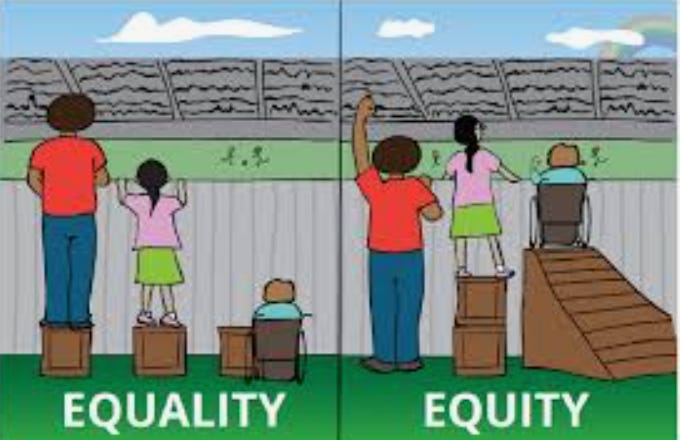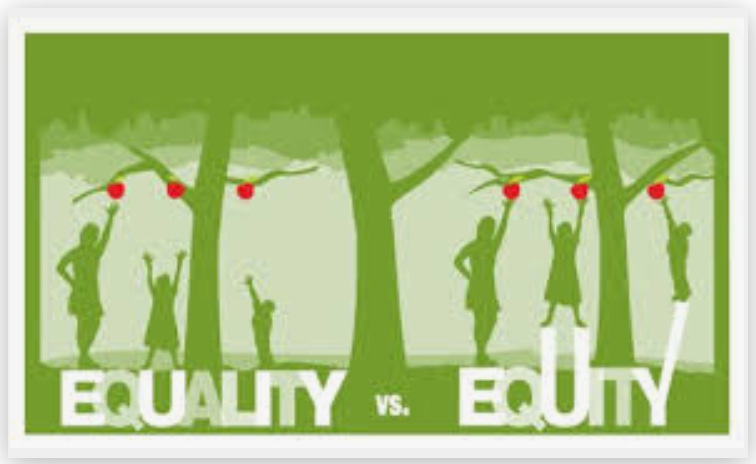We are still fighting the Civil War and the doctrine of white supremacy over which it was fought.
| Jerry LeClaireMay 21 |
I was a teenager during the centennial “celebrations” of the American Civil War. In my home state of Wisconsin I participated in a few of the Civil War battle “re-enactments” of the time dressed as soldier and firing a vintage muzzleloader. I marveled how some of my Welsh ancestors, people who had arrived in Wisconsin only thirteen years before the war, had, nonetheless, been drawn in to fight on the Union side. I puzzled how, in some other families, brother had fought brother in a conflict over something as obscure as whether the South had the right to secede. The abolition of slavery, I was taught, was an afterthought, a footnote, to the question of secession, a term now clothed in the concept of “states’ rights.” Robert E. Lee was presented as a noble man to be honored and revered. Nathan Bedford Forrest appeared in textbook and myth as a brilliant cavalry tactician, so brilliant that I was supposed to not notice that Forrest had gone on to found the Ku Klux Klan, a group formed to terrorize newly enfranchised Black citizens.
In the mid 1960s I was vaguely uneasy when, on a brief home stay with a white Methodist family in a very white part of Atlanta, Georgia, I was given a tour of Stone Mountain. There I was proudly shown the massive monument to Jefferson Davis, Robert E. Lee, and “Stonewall” Jackson carved into the mountain (and dedicated on the 100th anniversary of Lincoln’s death by an assassin’s bullet). I was treated to a recitation of the valiant service these three men rendered to something called the “Lost Cause” in the “War of Northern Aggression.” Slavery was never mentioned, although I later learned that the 2nd and 3rd Ku Klux Klans and the United Daughters of the Confederacy were deeply involved with this memorial. I tried to square my hosts’ pride in this monument with the images I’d seen on television of white state troopers and a white mob brutally beating peaceful black and white civil rights protestors on the Edmund Pettus Bridge. (Only now do I realize that the dedication of Stone Mountain was only a little more than a month after that vivid horror.)
The doctrine of white supremacy is deeply entwined with—and lives on through—the concerted effort to dignify and ennoble those who served in an armed rebellion intended to preserve white supremacy, the slavery it justified, and the economic and social system slavery made possible.
The rebellion in defense of white supremacy, a rebellion dignified as “The Confederacy,” lives on in the monuments and narrative the United Daughters of the Confederacy and other clever apologists promoted in textbooks and monuments.
Wars don’t end when the shooting stops. The conflict over which the war was fought moves to the desks of writers, to classrooms and pulpits, to dinner tables and family gatherings. Attitudes, “hearts and minds”, change with painful slowness—attitudes are complex and layered. The Confederate battle flag one sees flapping on poles attached to local pickup trucks does not mean the same thing to every person who flies it or sees it—but it should be seen as the flag of white supremacy and it ought to be scorned. Symbolism is important. The battle flag might be symbol in favor of “states’ rights” for some, but it is a dog whistle to white supremacy for most. The doctrine of white supremacy lives on in more American culture than it should thanks to the efforts of some to muddy (“whitewash” if you will) the reason for which the American Civil War was fought. That the South was allowed to re-write the history of that war in textbooks, monuments, and ennoblement of insurrectionists was and is a mistake for which we are now still paying.
Keep to the high ground,
Jerry
P.S. This post was inspired by a superbly written and thoughtful article in June 21, 2021, issue of The Atlantic by Clint Smith, entitled “Why Confederate Lies Live On, For some Americans, history isn’t the story of what actually happened; it’s the story they want to believe.” It should be required reading. (There may be a paywall.)
P.P.S. Contrast the treatment of the Confederate rebellion in American schools and statuary to the treatment of the Nazis and Nazi doctrine in modern-day Germany. In Germany the reality of the Holocaust is required curriculum. You will find no statues to Hitler, Himmler, Goebbels or any others of the Nazi pantheon. Of course there are still those today in Germany who still subscribe to the doctrine of Aryan racist supremacy—but they are not offered a public platform from which to preach and spread their malignant ideas.
P.P.P.S. On the topic of symbolism I have a vivid memory to share. One Halloween when I was about ten years old I thought it would be spookily consistent with the holiday to put burnt cork on my upper lip and go “trick or treat” as Adolf Hitler. I will never forget my mother’s horror at the idea nor will I forget her heartfelt explanation to my youthful self how my impersonation of Hitler might deeply hurt people who had lost sons in the then recent conflict of WWII. Flying the Confederate battle flag should be seen in the same way.

